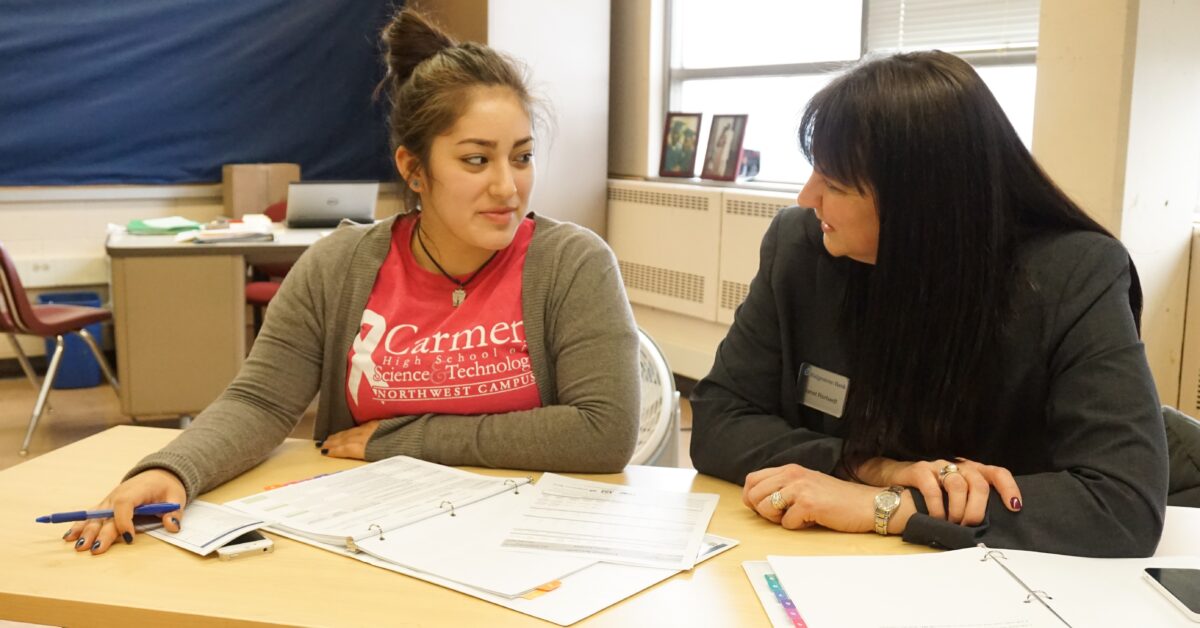Innovation in Financial Education: PayPal CEO is Right to Downplay Technology
July 14, 2016

by Brenda Campbell, President & CEO, Make A Difference – Wisconsin
It is very vogue to seek technological solutions to financial education problems. Over the last few years, dozens of startups have crowded the education space to pronounce their app or website as the cure-all for lagging financial literacy.
As someone who has been in classrooms and leading financial education lessons for a decade, I feel like solely focusing on tech as the answer – rather than a feature – misses fundamental issues of equality, access and understanding. I’ve seen too many gadgets spring up, only to fall by the side from lack of use, fleeting support or weak results.
So, I was more than impressed when the CEO of one of the world’s biggest tech companies recently stuck out his neck on the topic of financial literacy to say “not all answers lie with technology.” In a Wall Street Journal editorial, Daniel Schulman, CEO of PayPal, succinctly cut down the notion that apps alone can fill the gap in financial understanding around the world.
Schulman summarized: “Equal access to safe, affordable and easy-to-use financial services should be a right, not a privilege. When our approach to education and financial literacy is as innovative as our apps, it’s a right that everyone will be able to exercise.”
A modern business superstar, Schulman understands the deeper issues missed by many in the tech industry. First is that not everyone comes at an understanding of finances from the same starting point. In Wisconsin, where there is no financial literacy mandate in schools, we see the discrepancies across socioeconomic levels. Who it tends to hurt most are the un- and under-banked communities – the poor pay more, as the sad saying goes. Schulman’s organization has aimed to bring financial services online for underbanked people around the world, though I assure you this same crisis drains our neighbors and communities here in the Midwest, too. Before we present a barrage of one-click financial services (and spending) options, it’s important that there is a level understanding of good financial behaviors.
Secondly, Schulman calls for a “collective commitment across sectors” so that cool new financial services features move in step with the larger understanding of personal finance. These are the types of partnerships – with educators, businesses, community groups, government leaders – that have fostered our organization since 2006. It’s less flashy than an app and it isn’t simple work. However, these commitments connect people, address challenges in their real lives and bring together extended resources for people to take control over their financial futures.
The good news from Schulman’s call-to-arms is that technology will continue to be refined. As I’ve hinted previously, we are in beta testing for complementary financial dashboards that have given a richer understanding of real-world budgets for a few dozen Milwaukee high school seniors. (I’ll share more on that later this year.) With a commitment to improve financial understanding and long-term financial capability, we can optimize those new tech tools to enhance smart choices for everyone and combine our commitment to financially smarter communities.
